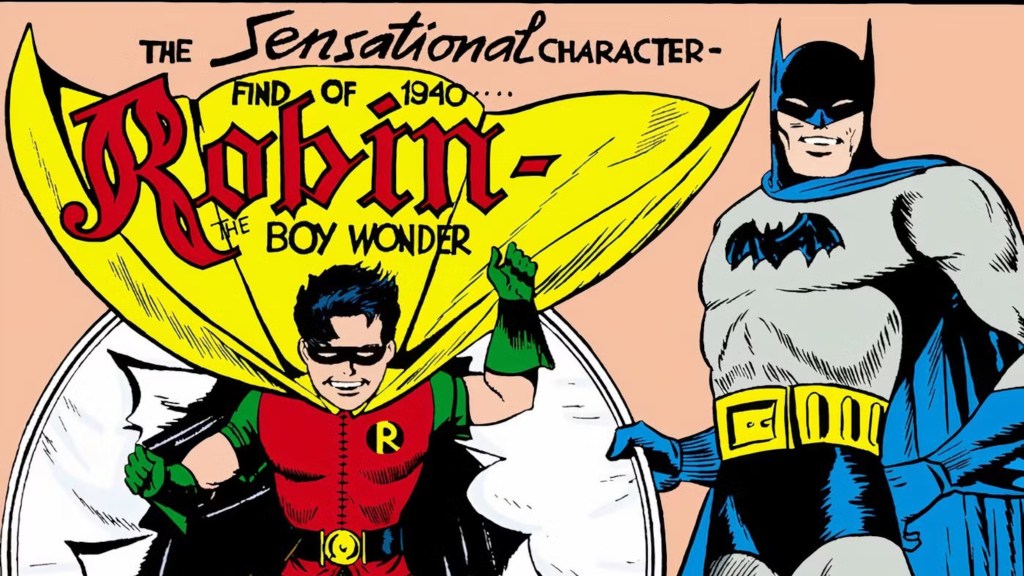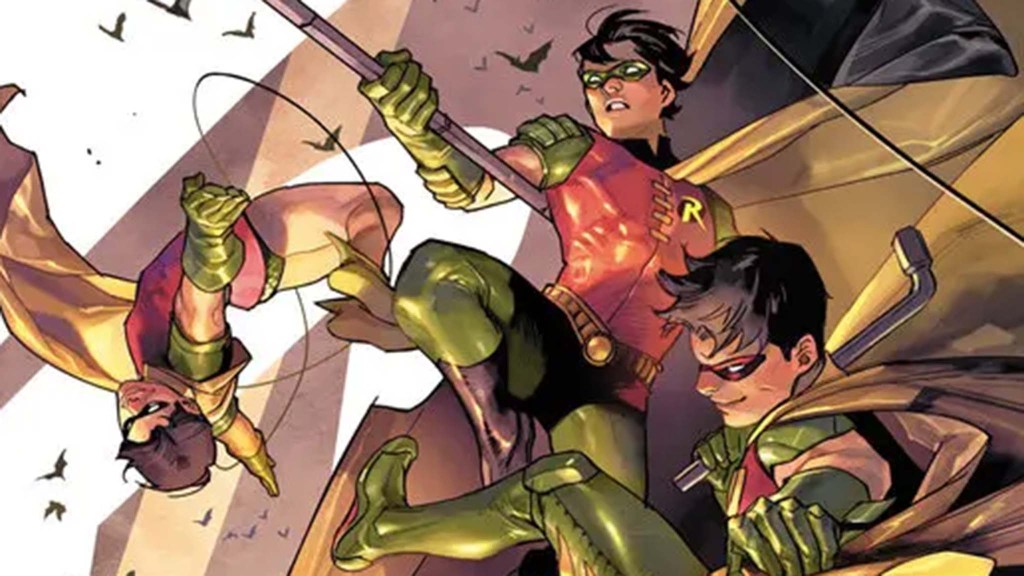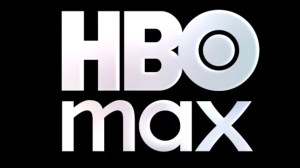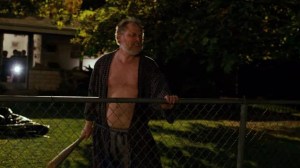Robin is one of the most important characters, not just in DC, but in all of comic books. He’s darn near as iconic as Batman is, having been around since almost the very beginning of it all, easily having outlasted dozens, if not hundreds of other heroes that have come after. From the original Dick Grayson to Damian Wayne, there have been multiple Robins, and each of them have left their own mark on comic history in important, necessary ways. Yet, most modern adaptations of Batman choose to leave the Boy Wonder out, and many ask how it could be ethical to let a young boy fight the horrors that Batman regularly clashes against. I am here to say that Robin is not only massively important, he is essential to the nature of how comics have evolved.
Videos by ComicBook.com
The Original Sidekick

Robin debuted just a little over a year after Batman did in Detective Comics #38, before the Dark Knight even had his own book. He was introduced to give the adult Batman a younger counterpart that the young target audience could relate to and see themselves in. This was based around the idea of classic pulp detective stories and comics having a helper character follow the lead around and act as the eyes of the normal man, which Batman evolved from. Yet Robin was so much more than another detective’s assistant. Robin was an instant hit and became a mainstay for decades to come. People already loved the hyper-competent Batman, but now they had someone who bridged a perfect middle-ground between the reader and Batman. Someone who was young and inexperienced enough that it gave someone Batman to teach, which connected him to the audience, yet fantastical enough to stand beside Batman.
The essential truth as to why Robin worked isn’t just that he was Batman’s less capable assistant, but a partner, someone Batman saw as an equal. Yes, Batman was in charge, but Robin meaningfully contributed to their adventures and Batman respected him, openly both teaching and letting Robin take the lead when he had his own lead. Robin wasn’t talked down to, he was a young man that the audience could see themselves in given the chance to stand on the same level as Batman. He was literally the ultimate power fantasy of meeting your hero, and this was treated like a good thing instead of being judged. All superheroes are power fantasies, and Robin was the fantasy of being the ultimate student to the world’s coolest teacher. It set off a boom that plenty of heroes have tried to mimic over the years, but Robin stuck around because he was always viewed and treated as an equal, which the fans could respect as it felt like it was placing someone they knew or could be in as the point of view character.
Robin’s popularity was essential to the boom of superheroes becoming cultural icons. Look back at any Justice League memorabilia from before the 1980s and you are sure to see Robin attached to most of it. He was present beside Batman in every adaptation of that era, from the serial films in the ‘40s to the Super Friends cartoon. Robin was massively popular because he appealed to the younger generation especially, which spawned every teen hero we have today.
Robin Created Legacy

Not only did Robin set the stage for other teen heroes like the modern Miss Marvel and every incarnation of the Teen Titans, but he is one of the first instances of legacy in comic books. The heroic identity of superheroes had been shifted around before, most notably with characters like Barry Allen and Hal Jordan taking over for the original Flash and Green Lantern, but Robin is one of the first times a massively popular superhero traded in their cape to someone else in the same world and make their secret identity into a mantle. Even if the fans weren’t thrilled with Jason Todd’s introduction as the second Robin back in the day, Dick Grayson graduating from the identity and Bruce deciding to continue it was a pivotal moment in comic history. Up until then, identities switching hands were typically due to low sales or cosmic resets, but we’ve already established how popular Robin was, and he still did it.
This set a precedent for everyone else, saying that the mask didn’t have to be only you, and that this could be a permanent change without losing the original character. DC has always had a massive theme of legacy, with heroes picking up the torch of the past generations that inspired them, and making Robin a legacy identity evolved it from just being Dick Grayson as the stand-in for the audience to anyone being capable of being behind the mask. While he started as a carbon copy clone of Dick, Jason became a punk and rebellious kid. Tim was a genius who figured out Batman’s identity himself and asked for the position. Stephanie was someone who was constantly told she couldn’t do it but did it anyway. Damian was an assassin that learned the value of life and redeemed himself into a hero. Robin isn’t one person, Robin is an idea that we can learn from our heroes and become better people from it.
Many people today clamor that Robin doesn’t work with the style of Batman’s stories, but I say that he is just as essential today as ever. All kids idolize somebody, and kids who love superheroes look up to them. Robin, and by extension other sidekicks, tell these kids that they can be like them, they can stand up and do the right thing by learning from good mentors. They can grow into heroes themselves. This is comic books, and what are comic books about if not bending reality to inspire? Robin isn’t a real kid, but the positive impact he has is very real, and very important. Robin is awesome, and I say we need way more of him in Batman media.








![Simu Liu Confirms The 2 Dream X-Men Shang-Chi Works With On Avengers: Doomsday [Exclusive]](https://comicbook.com/wp-content/uploads/sites/4/2025/12/Simu-Liu-Avengers-Doomsday-interview.jpg?w=300)
